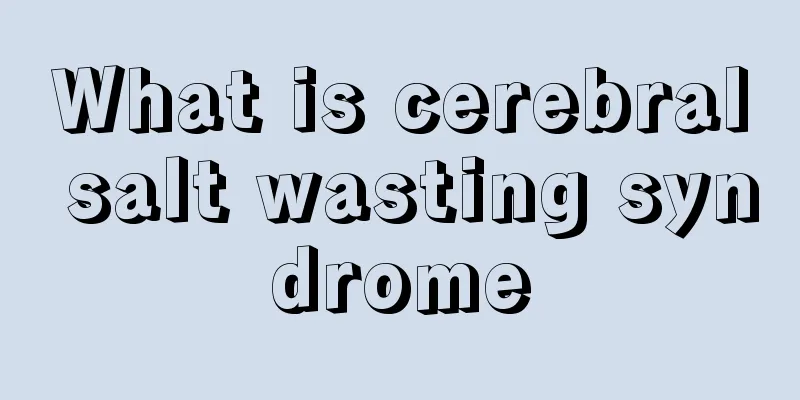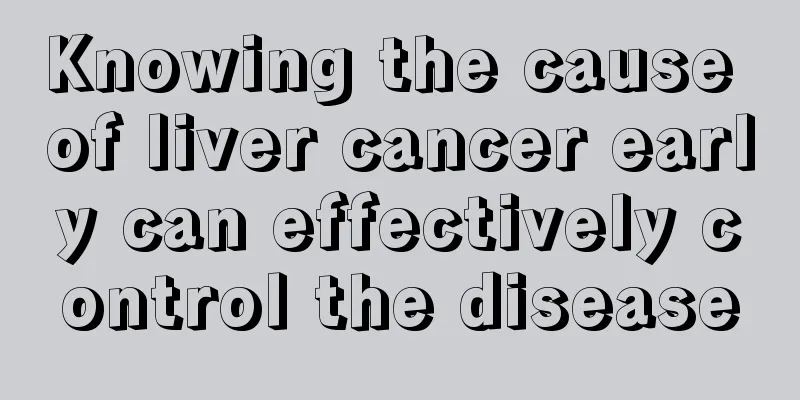What is cerebral salt wasting syndrome

|
Brain salt wasting syndrome is a very harmful and dangerous disease of the brain. Although it is not common in life, it should also attract everyone's attention, because sometimes once this rare disease occurs, if you don't know much about it and ignore it, it is easy to cause indelible consequences. So what is it? What is the cause of the disease? Can it be treated well? Cerebral salt-wasting syndrome is a rare syndrome characterized by hyponatremia and dehydration, which is mostly caused by nervous system damage or tumors. It is now believed that the hyponatremia of cerebral salt-wasting syndrome is caused by excessive renal sodium excretion due to hypothalamic endocrine dysfunction, which was first described by Peters, Welt and others in 1950. symptom The main symptoms and manifestations of CSWS are polyuria (adults urinate more than 2.5L in 24 hours), thirst and the desire for more salt intake, dehydration and autonomic dysfunction. Patients usually have spontaneous polydipsia and polysalt diet. Other symptoms may include muscle cramps, dizziness, nervousness, panic, tachycardia or bradycardia, and hypotension or orthostatic hypotension, which may lead to syncope. Other symptoms related to autonomic dysfunction: headache, pale or flushed face, constipation or diarrhea, nausea and vomiting, acid reflux, blurred vision, numbness or tingling, wheezing, chest pain, etc. Cerebral salt-wasting syndrome is usually caused by brain trauma, tumors, hematomas, etc. Cerebral salt-wasting syndrome is often diagnosed by exclusion and is often difficult to differentiate from the hyponatremic presentation of the syndrome of inappropriate antidiuretic hormone (SIADH). The main difference between the two is that the blood volume of CSWS patients is usually reduced, while the blood volume of SIADH patients is usually high. Urinary sodium less than 100 mmol/L (100 mEq/L) is more common in SIADH than in CSWS. If serum sodium tends to rise when the patient is on fluid restriction, SIADH is usually considered. CSWS usually appears about a week after craniocerebral injury and can resolve on its own within 2-4 weeks. In some patients, it can last for months, years or even lifelong. Treatment of CSWS usually requires aggressive improvement of fluid and sodium chloride intake. There are reports that hydrocortisone may exacerbate hyponatremia. Of course, this disease is a relatively rare brain disease, so there is no need to panic too much. This article briefly describes it to let everyone know about the existence of this disease. I believe that if everyone has more physical examinations, exercises more, and lives a healthy and reasonable life, the body will be very healthy. Of course, if you feel unwell, seeking medical treatment in time is the best choice. Don't make blind judgments yourself. |
<<: Introduction to Hypothyroidism
>>: Hypothermia treatment method
Recommend
How long can you live after chemotherapy for colorectal cancer
How long can you live after colorectal cancer che...
Examination items required for ovarian tumors
The incidence rate of ovarian tumors is indeed ve...
What are the late stage symptoms of esophageal cancer
In recent years, esophageal cancer has become one...
What are the symptoms of gastric mucosal detachment
There are many reasons for the shedding of gastri...
I feel pain all over after getting up
I feel pain all over my body after getting up Aft...
How many types of purpura are there
Nowadays, skin diseases are very common, and they...
How should we prevent pancreatic cancer in our daily life?
As more and more pancreatic cancer patients appea...
How to handle crayfish before cooking
In life, many people like to eat lobsters. Some l...
Is chewing gum good for teeth?
Although chewing gum tastes good, you should not ...
How to prevent lung cancer? 3 effective ways to prevent lung cancer
Preventing lung cancer is not a difficult thing. ...
Precancerous lesions of laryngeal cancer
Normal laryngeal epithelium develops from hyperpl...
How many days does it take for C-reactive protein to drop?
Protein is the most important nutrient in the bod...
The psychological harm of brain cancer to children
I believe that everyone must be familiar with bra...
What are the symptoms of lung cancer lymph node metastasis? Pay attention to these points
The clinical symptoms of lung cancer lymph node m...
How to remove rust stains?
Now that people's material life has improved,...









